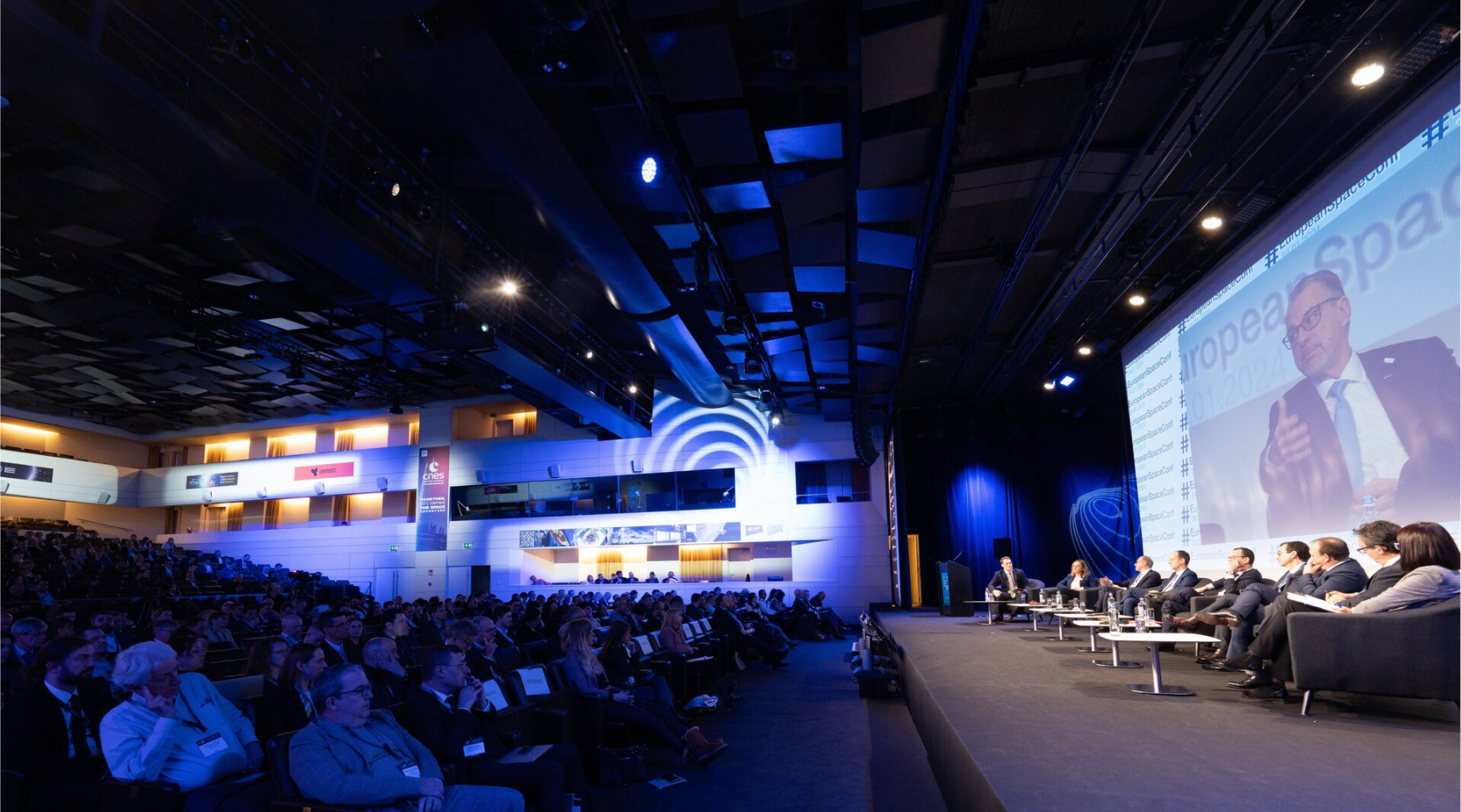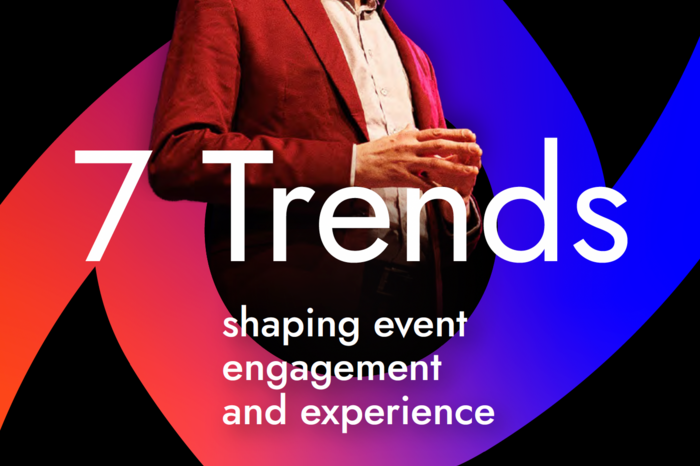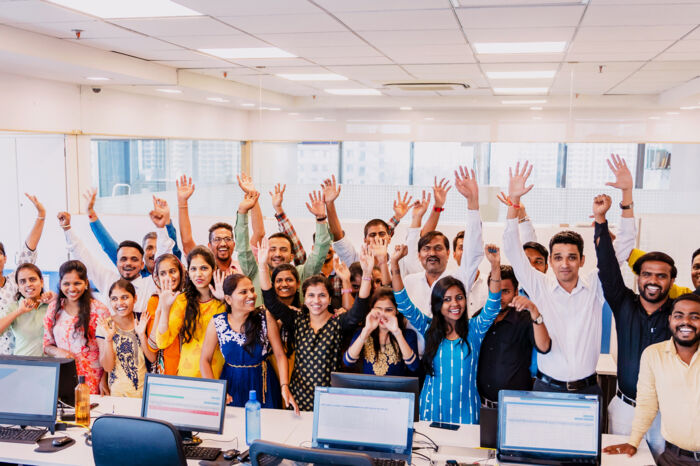
Key steps to planning a successful hybrid event
Anyone who thinks that hybrid events are easy to stage is mistaken, as they require a lot of hard work and meticulous planning. Attention to detail and a strategic approach represent the bare minimum in order to seamlessly blend the live and virtual components of the occasion.
Here's a step-by-step look at the planning process.
Step #1 - Objective setting
Naturally, you want any event you organise to be successful, but it doesn't happen by accident. Overwhelmingly, strategies that hit the mark include an objective setting stage in which you define the aims of both the virtual and live components. Whether you want to expand your audience, generate leads or simply boost engagement, you need to know your goals.
They should also follow the SMART format, meaning that they're Specific, Measurable, Achievable, Relevant and Time-bound. This gives you the necessary structure around which to create a cohesive experience for everyone attending.
Step #2 - Choosing the right technology
A well-crafted hybrid event will have many moving parts and involve an array of different technologies and hybrid event platforms. As such, the options you choose will need to support aspects like live streaming, virtual networking and the ability to run polls and Q&A sessions.
It's also worth investing in high-quality video and audio equipment for the live element of your gathering to ensure professional-grade hybrid event production values.
Creating captivating content
Needless to say, engaging content is at the very epicentre of your event. You need to put together content that resonates both with in-person and remote audiences. At the best events, you'll see a blend of pre-recorded segments, interactive sessions and live sessions, with the presentation style being adapted to the dual format.
Dynamic visuals, clear calls to action and concise messaging are key to making sure that audiences on-site and viewing remotely get the same engaging experience.
Tech checks & rehearsals
Even the best-laid plans can have teething problems in hybrid event management, which is why rehearsals are indispensable. Not only do they help to iron out any unexpected technical issues, but they also ensure that your team is as well prepared as they can be.
Herein lies the importance of choosing the best possible hybrid event platforms so that you get the peace of knowing that all your audio, video and streaming features are functioning correctly. By rehearsing the entire event, including the switches between live and pre-recorded elements, you can identify any potential glitches and provide the polished delivery intended.
Presenting a unified experience that deeply engages your audience is the objective if you want to stand out in what is an increasingly crowded space. However, by following these defined steps, you'll be able to harness the strengths of virtual and live formats and enjoy a memorable and truly impactful event.
Step #3 - Getting the Right People in Place
Last but by no means least, the success of your hybrid event hinges on assembling the right team. At MCI, we’re all about empowering people, as we understand how important they are in connecting both the virtual and in-person elements together. The team you employ for the job must possess expertise in not just event planning, but also the latest technology.
Coordination is key to offering a seamless experience, and smooth execution also requires overcoming any last-minute snags. As such, having personnel who are well-versed in troubleshooting technical issues that arise under time pressure is vital.
Ultimately, the expertise and proficiency of your team are paramount in orchestrating a cohesive and engaging hybrid event experience for all participants.
Successful hybrid event examples
We've covered the essentials, i.e. the theory that applies in offering exceptional hybrid events, but we need to put a little meat onto the bones by looking at some real-world examples of the process applied well.
Example #1 - London Tech Week 2023
A fantastic illustration of a hybrid event can be seen at London Tech Week 2023, held at ExCeL London. Spanning five enthralling days, attendees were given access to a blend of features, incorporating both in-person and virtual aspects.
Physical elements included seminars, networking opportunities and exhibitions.
Virtual sessions and networking allowed those not in attendance to enjoy many of the week’s best features and thought leaders.
MCI UK worked with ABP London at their Royal Albert Dock (RAD) location, showcasing this brand-new commercial district. The hybrid approach enabled a much larger number of participants around the globe to get involved in this leading tech sphere.
Example #2 - FIBA’s “The House of Basketball”
Another shining example of what’s possible in the hybrid event field can be seen at the International Basketball Federation’s (FIBA) House of Basketball. The MCI team was called into their unique hand-shaped HQ building in Mies, Switzerland, to prepare for their live draw.
As well as being enjoyed by those in attendance, the draw was transmitted to online audiences for an engaging experience for everyone. Our production managers and streaming technicians provided tech support, resulting in uninterrupted coverage for more than 4,200 internet viewers and high levels of social media engagement.
A benchmark for future events
The success of hybrid events like these is fundamentally shaping the future by offering unparalleled access, improved sustainability and immersive experiences. Allowing for much broader participation, this dual approach can be applied across the full spectrum of industries, and those adopting it get to enjoy the many benefits covered.
The next steps to leveraging the power of hybrid events for your brand
Creating hybrid events requires a multidisciplinary approach and a knowledge of how to leverage the resources available in this space. In the ultra-competitive events industry, memorable experiences are a must, which is why finding the right event marketing partner is essential. That's why many choose us for our expertise.
The MCI team has a wealth of knowledge and understanding in the formulation of hybrid events, something that allows us to deliver experiences that live long in the memory of attendees. With the skills to marry in-person resources with remote technologies, we can help you put on events that offer the best of both worlds for you and those who participate.
So, if you're looking for an event marketing partner you can trust, we recommend that you take a look around our event services to see how we can help. Alternatively, why not get in touch with our experts today and get started on strategies that resonate with everyone involved?




